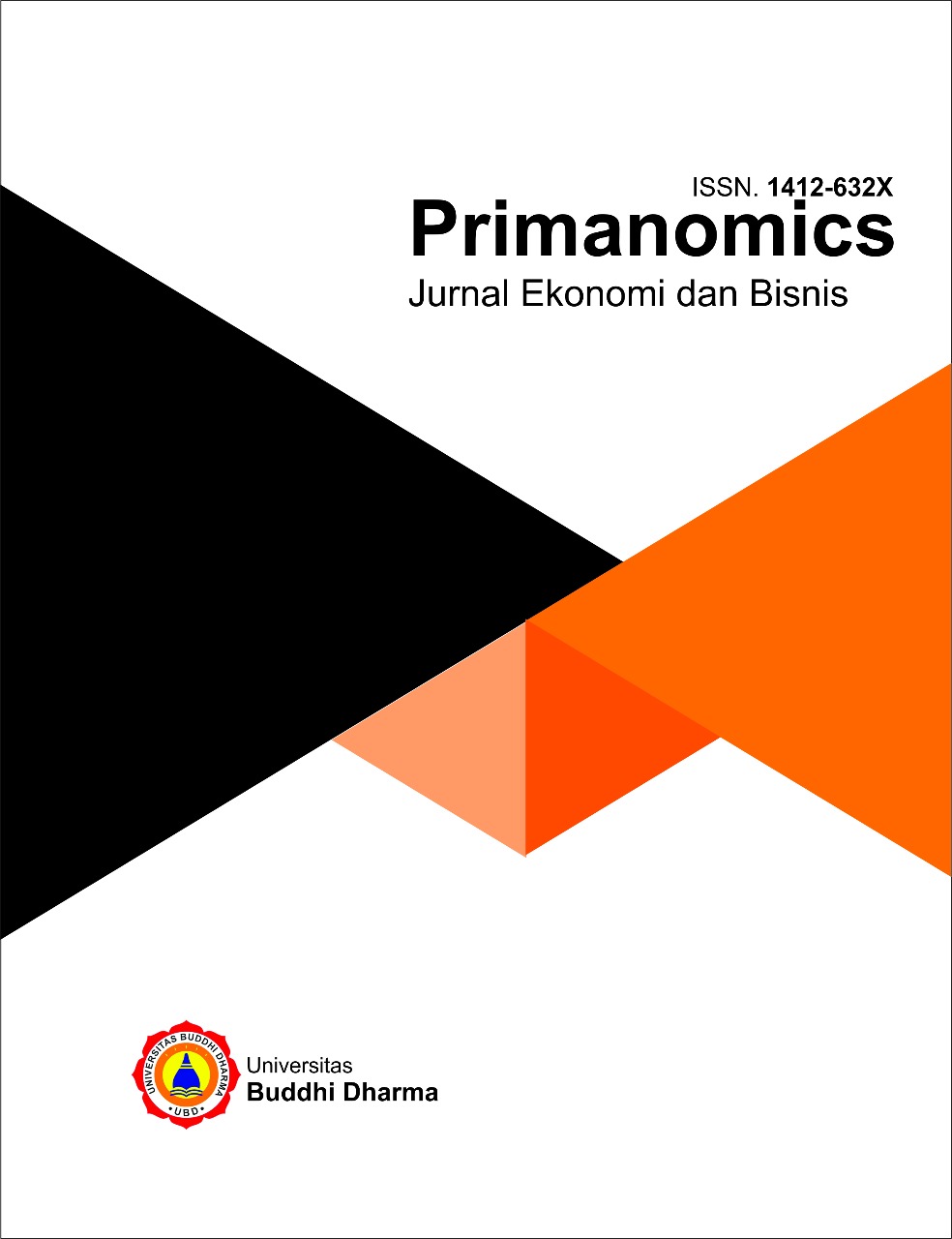Analysis of Factors Affecting the Risk of Business Failure of Food Sector SMEs in Binjai City
Main Article Content
Abstract
This study aims to determine the factors that influence the risk of business failure for food sector SMEs in Binjai City. This study uses quantitative research methodology to reveal trends and explain the correlation between variables using descriptive, historical, and correlation analyses. Data analysis methods include qualitative descriptive analysis and quantitative descriptive analysis using confirmatory factor analysis (CFA) with Smart PLS software tools. This study has a sample size of 115 food sector SMEs that are considered to have failed or not developed in running a business. We collected data using questionnaires, interviews, references, and documents related to the research problem. The findings indicated that there is a direct and meaningful correlation between financial literacy and the likelihood of company failure among small and medium-sized enterprises (SMEs) in the food sector in Binjai City. Business networking has a beneficial and substantial impact on the risk of business failure for small and medium-sized enterprises (SMEs) in the food industry in Binjai City. Digital marketing has a beneficial and substantial impact on the likelihood of business failure. Product innovation has a favorable and substantial impact on the likelihood of company failure for small and medium-sized enterprises (SMEs) in the food industry in Binjai City. Collaboration has a beneficial and substantial impact on the likelihood of company failure. The implementation of green transformational leadership has a beneficial and substantial impact on the likelihood of business failure for small and medium-sized enterprises (SMEs) in the food industry in Binjai City. Green entrepreneurial approach positively and significantly impacts the likelihood of business failure.
Downloads
Article Details

This work is licensed under a Creative Commons Attribution-NonCommercial-NoDerivatives 4.0 International License.
 Abstract views: 231
/
Abstract views: 231
/  PDF downloads: 68
PDF downloads: 68
